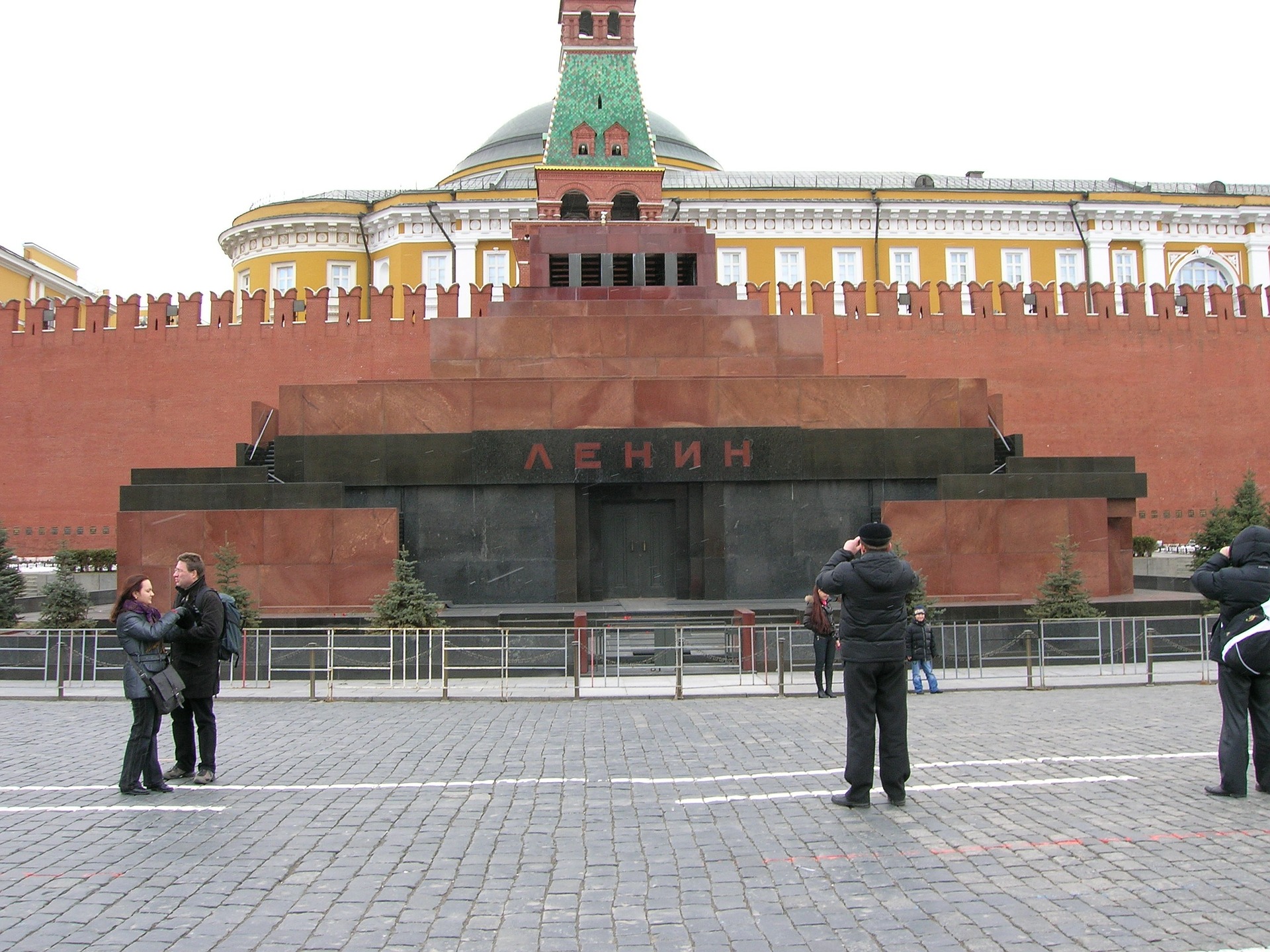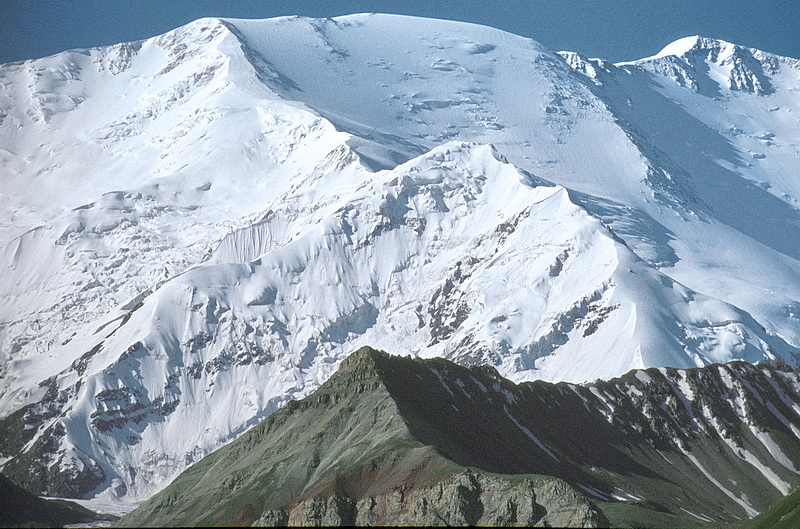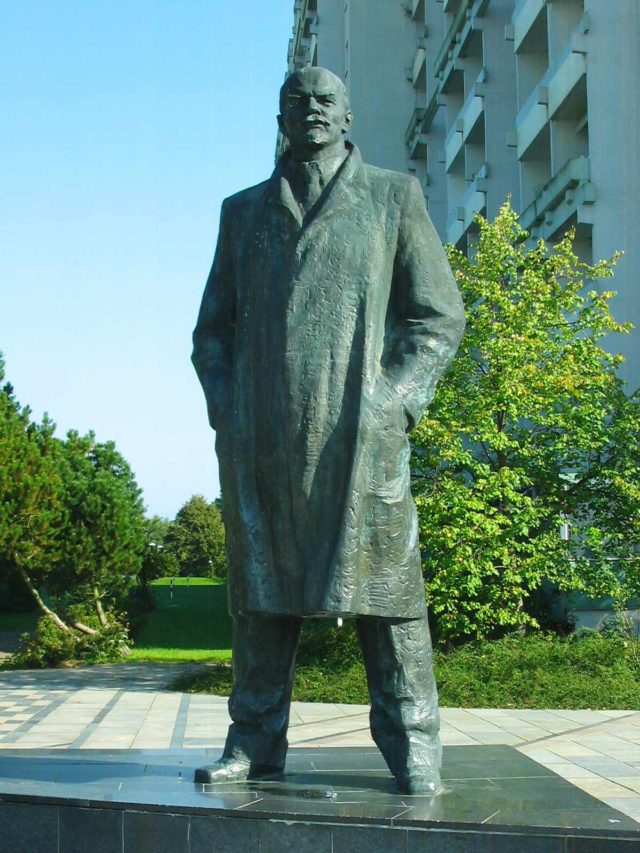Table of Content
The bullet was still lodged in his neck, too close to his spine for medical techniques of the time to remove. He was left partially paralyzed on his right side, and his role in government declined. After the second stroke in December of the same year, he resigned from active politics. In March 1923 he suffered his third stroke and was left bedridden for the remainder of his life, no longer able to speak.

Embracing the equality of the sexes, laws were introduced that helped to emancipate women, by giving them economic autonomy from their husbands and removing restrictions on divorce. Zhenotdel, a Bolshevik women's organisation, was established to further these aims. Under Lenin, Russia became the first country to legalize abortion on demand in the first trimester. Militantly atheist, Lenin and the Communist Party wanted to demolish organised religion. In January 1918, the government decreed the separation of church and state, and prohibited religious instruction in schools. In November 1917, Lenin issued the Declaration of the Rights of the Peoples of Russia, which stated that non-Russian ethnic groups living inside the Republic had the right to secede from Russian authority and establish their own independent nation-states.
Vladimir Lenin and the Governance of a New Russia
The phrase "We’ll go the other way!" meant that Lenin chose a Marxist approach for a popular revolution, instead of the anarchistic methods of his brother who had ties with the Narodnaya, a popular Russian anarchist movement committed to the overthrow of the Tsar. Critics include anti-Stalinist communists such as Leon Trotsky, who pointed out that Lenin attempted to persuade the Russian Communist Party to remove Stalin from his post as its General Secretary. Lenin's Testament, the document which contained this order, was suppressed after Lenin's death. In his biography of Trotsky, British historian Isaac Deutscher says that, on being faced with the evidence, "only the blind and the deaf could be unaware of the contrast between Stalinism and Leninism."
As founder of the All-Russian Communist Party and leader of the Bolshevik coup d'état , Vladimir Lenin created the Soviet Union. According to Lenin biographer David Shub, writing in 1965, it was Lenin's ideas and example that "constitutes the basis of the Communist movement today." Socialist states following Lenin's ideas appeared in various parts of the world during the 20th century. Writing in 1972, the historian Marcel Liebman stated that "there is hardly any insurrectionary movement today, from Latin America to Angola, that does not lay claim to the heritage of Leninism."
Vladimir Lenin & the Aftermath of the Revolution
But out of the 27 physicians who treated him, only eight signed onto that conclusion in his autopsy report. On January 14, 1918, an assassination attempt was made against Lenin’s car by unknown gunmen in Petrograd. Lenin and Fritz Platten were in the back of the car together, after having given a public speech.
Despite the adverse reaction from many Bolsheviks, who regarded the NEP as a betrayal of communist principles, the NEP succeeded in restoring the Russian economy. In January 1918 and March 1918, Lenin was the victim of assassination attempts, both of which he survived relatively unscathed. During the 1920s and the 1930s, Stalin fought and defeated the political influence of Trotsky and the Trotskyists in Russia using slander, antisemitism, censorship, expulsions, exile , and imprisonment. The anti-Trotsky campaign culminated in the executions of the Moscow Trials (1936–1938), which were part of the Great Purge of Old Bolsheviks who had led the Revolution. Karl Marx was a 19th-century philosopher, author, and economist famous for his ideas about capitalism and communism.
Within the Soviet Union
Fearing that he would be killed, Lenin and fellow senior Bolshevik Grigory Zinoviev escaped Petrograd in disguise, relocating to Razliv. There, Lenin began work on the book that became The State and Revolution, an exposition on how he believed the socialist state would develop after the proletariat revolution, and how from then on the state would gradually wither away, leaving a pure communist society. He began arguing for a Bolshevik-led armed insurrection to topple the government, but at a clandestine meeting of the party's central committee this idea was rejected. Lenin then headed by train and by foot to Finland, arriving at Helsinki on 10 August, where he hid away in safe houses belonging to Bolshevik sympathisers.

Lenin instead called for a Soviet government, one that would be ruled directly by soldiers, peasants and workers. In late 1918, the British Labour Party called for the establishment of an international conference of socialist parties, the Labour and Socialist International. Lenin saw this as a revival of the Second International, which he had despised, and formulated his own rival international socialist conference to offset its impact.
Vladimir Ilici Lenin
With the advance of the war, the industrial and cultural backwardness of Russia became evident, the financial system came to complete decline, the army suffered defeat after defeat, and the whole country came to the brink of social disaster. For some, he is a figure of communist oppression, while for others, he is a symbol of hope and a man who fought for equality and a better life for all human beings. However, it cannot be disputed that his legacy was a legacy of revolution that disrupted the existing power structures and set in motion a state of affairs that would define the 20th century and shape the world for centuries to come. After the assassination attempt in August 1918, the activities of the Cheka increased further. Thousand of “class enemies” were silenced during a period known as the Red Terror that lasted until February 1922.

When Mikhail Gorbachev took power in 1985 and introduced the policies of glasnost and perestroika, he too cited these actions as a return to Lenin's principles. Yeltsin did not dismantle the Lenin mausoleum, recognising that Lenin was too popular and well respected among the Russian populace for this to be viable. In the Soviet Union, a cult of personality devoted to Lenin began to develop during his lifetime, but was only fully established after his death. According to historian Nina Tumarkin, it represented the world's "most elaborate cult of a revolutionary leader" since that of George Washington in the United States, and has been repeatedly described as "quasi-religious" in nature.
Going back to his great-grandparents, Russian, German, Swedish, Jewish, and possibly Kalmyk influences can be discovered. His father Ilya Nikolayevich Ulyanov was from a family of former serfs; Ilya's father's ethnicity remains unclear, while Ilya's mother, Anna Alexeyevna Smirnova, was half-Kalmyk and half-Russian. Despite a lower-class background, Ilya had risen to middle-class status, studying physics and mathematics at Kazan University before teaching at the Penza Institute for the Nobility. Well educated, she was the daughter of a wealthy German–Swedish Lutheran mother, and a Russian Jewish father who had converted to Christianity and worked as a physician. According to historian Petrovsky-Shtern, it is likely that Lenin was unaware of his mother's half-Jewish ancestry, which was only discovered by his sister Anna after his death. According to another version, Maria's father came from a family of German colonists invited to Russia by Catherine the Great.

Concerned with physical fitness, he exercised regularly, enjoyed cycling, swimming, and hunting, and also developed a passion for mountain walking in the Swiss peaks. According to Fischer, Lenin's "vanity was minimal", and for this reason he disliked the cult of personality that the Soviet administration began to build around him; he nevertheless accepted that it might have some benefits in unifying the communist movement. After the German Ober Ost garrisons were withdrawn from the Eastern Front following the Armistice, both Soviet Russian armies and Polish ones moved in to fill the vacuum. The newly independent Polish state and the Soviet government each sought territorial expansion in the region. Polish and Russian troops first clashed in February 1919, with the conflict developing into the Polish–Soviet War.

No comments:
Post a Comment